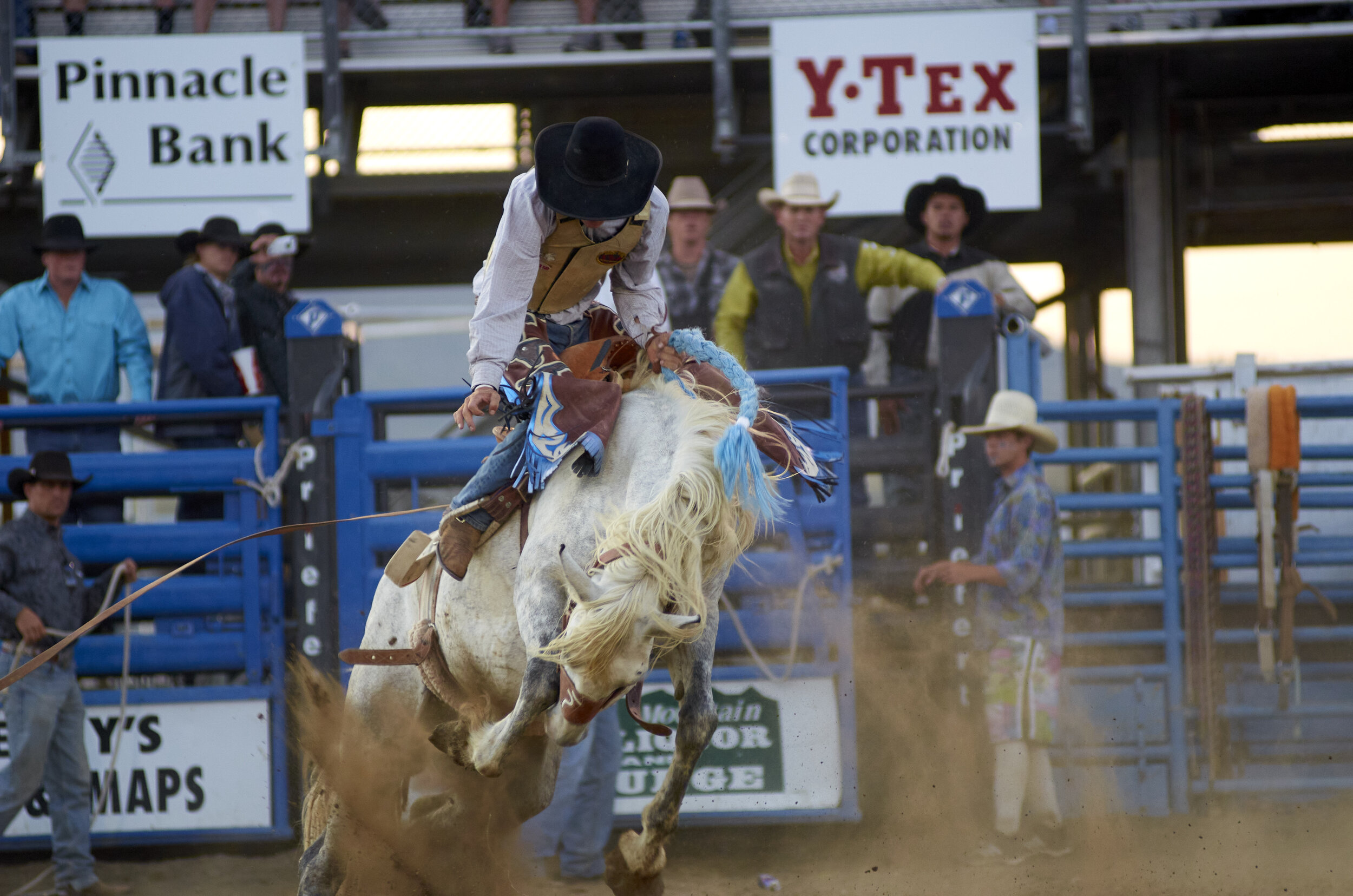Are Megapixels Mega Important?
A brief history of megapixels
I remember a time when the hottest compact digital camera on the market was the Canon Powershot S10, featuring a whopping 2.1 megapixels. That camera was followed shortly thereafter with the S20 which increased the pixel count by 50% … a massive 3 megapixels.
At the time I was shooting the Leica M6, which used film of course, and the digital cameras were garbage by comparison. But it wasn’t long before the majority of digital cameras on the market featured the 16 megapixel APSC sensor. That sensor was popular for years and during that time the raw image processing softwares improved dramatically.
1600x1200 resolution from a Canon Powershot S200.
Looking at my images from this time period, 16 megapixels was reasonably adequate for web deliverables, but fell short for large fine art prints. But, most importantly, those 16 megapixel images looked like high definition photographs. Whereas the images produced by the 2.1 and 3 megapixel Powershot cameras from just a couple of years before looked like screen grabs from a low quality security camera.
At 16 megapixels, photographers were finally getting a sense of what was possible with digital photography. The camera companies - specifically the sensor manufacturers - responded with the very popular 24 megapixel “full frame” sensor. That platform, 24 megapixels packed into a 24x36mm sensor, went through several improvements and iterations with sensors gaining larger pixels, better high ISO (and low light) performance and better color rendition.



Cody Rodeo photographed with a 16 megapixel Nikon D7000
I have several 48+ inch prints in my office photographed using a 24 megapixel full frame camera and there is zero grain whatsoever, even at that large print size.
The next big jump in megapixels came first with medium format cameras with their 40 and 50 megapixel sensors, then with the release of Nikon’s D800 at 36.3 megapixels. I remember photographing with both the Hasselblad H4D-40 and around the same time the Nikon D800 and being astonished with the detail and resolution of the images produced.
The march of progress seems fairly linear with digital sensors. Photographers continue to demand more megapixels and sensor manufacturers respond to their needs. Sony is pushing the limits of 35mm with the a7R IV and its 61 megapixel sensor. Fuji have released the 100 megapixel medium format GFX 100, and Phase One have lept from 80, to 100, and now to 150 megapixels.
Nearly unlimited detail from this 80 megapixel Phase One file. The file was so large, the website resized it to 50%
Horsepower
Megapixels are analogous to horsepower. I remember when racing motorcycles had 90 horsepower and racers were clamouring for more. Today, supersport style street bikes routinely have over 200 horsepower. They’ve got so much power, that without complex traction control and wheelie control computers, the bikes would be unrideable. “We won.” We the consumers won the horsepower war. Bikes now have too much power. We asked for more power and now bikes have so much power that you question whether selling them to riders with a basic motorcycle license should even be allowed.
Similarly, when we look purely at the numbers in megapixels … we won. We’ve got all the megapixels we need. I really believe that. The march of progress will ultimately make this article seem short sighted in the coming years as 35mm sensors will surely eclipse 100 megapixels and medium format sensors will exceed 200. But at the moment, we’ve got plenty of pixels.
Pixel PhD
The philosophical discussion then becomes one regarding the quality not the quantity of the pixels themselves. I can think of a few instances where the camera and sensor manufacturers took what was seemingly a step back to take a step forward. Meaning that rather than merely cramming more pixels into the camera, they crammed BETTER pixels into the camera. Let’s examine a few.
Sony a7S.
The first instance I can remember when a digital camera manufacturer deviated from the “more pixels is better” philosophy was when Sony introduced the a7S. While other Sony Alpha cameras were trending toward the 24 megapixel sensor, Sony introduced the a7S with a paltry 12 megapixels. The reason? The camera’s sensor featured huge pixel sensor sites that were extremely efficient at collecting photons. The result was a camera that excelled in low light applications such as astrophotography and digital cinema.
In low light applications it’s preferable to have fewer pixels with less noise, than it is to have more pixels and more noise.
Phase One Trichromatic
I’m in the fortunate position of being both a Phase One camera owner and close friends with the product developers at Phase One. One night at dinner in New York City the topic of the Trichromatic sensor came up. Here is what I was told …
On a color digital sensor, each sensor site has pixels for red, green and blue. Historically, each color channel has a different efficiency, meaning that the red channels are less light sensitive than the corresponding green and blue sensors. So for example, a red pixel may have a native base ISO of 35, while the green and blue may have a base ISO of 50 or 100.
This means that camera manufacturers have to apply additional gain to the red channel to balance the three color channels. More gain = more noise. So the red channel will always be inherently more noisy than the green and blue. Phase One approached their sensor manufacturer and said that they’d be willing to give up a full stop of base ISO performance in exchange for having all three color channels having the same native base ISO. The sensor manufacturer responded and ultimately were able to produce a sensor that produced equal amounts of gain on each color channel and only gave up 2/3 stop of base ISO (from ISO 50 to ISO 35). The result was a new 100 megapixel sensor that outperformed their previous 100 megapixel sensor.
Same number of pixels … better color performance.
Sony Alpha 1
The Sony Alpha 1 is a true breakthrough in digital photography. The Alpha 1 is the culmination of a philosophical shift from “more megapixels is better” to “better pixels is better.” While the Sony a7R IV still maintains the position of having the most megapixels of any camera in the Sony lineup and possibly the most currently on the market in a 35mm digital camera (at 61 megapixels), the Sony Alpha 1 has “only” 50 megapixels. But those 50 megapixels are simply extraordinary. Incredible color depth. 30 frames per second. Great low light performance. Unbelievable autofocus, cinema capabilities, improved menu systems, image stabilization and so much more. The Sony Alpha 1 is a beast of a 35mm camera.
The Sony Alpha 1 uses a backside illumination type sensor to create incredible files.
Plenty of detail and great color rendition from this Nikon Z7 file!
Over the horizon …
I recently shocked all of my photography friends when I switched from Phase One to Nikon. I went from the IQ180 (a gorgeous 80 megapixel CCD sensor) to the Nikon Z7 with its 45.7 megapixel sensor. How could I switch to a camera with half as many pixels??
Good question. Let’s weigh the benefits and disadvantages of each system.
The Phase One is a “cost is no object” camera system. The camera is huge, heavy, not weather sealed, and expensive. The lenses range in price from $6500 to over $10,000. When shooting with the Phase One, you ALWAYS use a tripod, even outdoors in full sun. The files produced by that camera are spectacular. Even straight out of the camera, the colors are just incredible. The blacks are dark and noise free. The whites don’t clip. The mid tones are rich and deep. A Phase One camera produces awesome files, but it’s big and heavy and a pain in the butt to use.
The Nikon Z7 is lightweight, relatively affordable, and sufficiently good image quality and a great selection of lenses. On day one I bought the “holy trinity” of lenses (14-24, 24-70, 70-200) and I’m covered for basically any situation.
Are the Nikon files as good as the Phase One? No. But the files are great. Good enough for any professional or fine art application. And most importantly (and summarizing the whole point of this article) 80 megapixels was an unnecessary luxury in nearly every instance, and 45.7 megapixels is perfectly adequate in nearly every instance. Further, the final image size on the 80 megapixel camera is 10380 x 7816. Amazingly the Nikon Z7 image size is only about 20% less on each side at 8256 x 5504. Those 34.3 extra megapixels aren’t actually doing all that much for you, bizarre as that may seem.
Excellent color fidelity and loads of fine detail from this Nikon Z7 file.
So ultimately I came to the conclusion that form factor, availability/cost of lenses, weight, and ability to shoot handheld were more important to me than the number of overall megapixels.
Furthermore, if I look at the technological trajectory of Nikon and Phase One, investing in Nikon lenses makes more sense than investing in Phase One lenses when I consider my next camera body purchase. The latest Phase One IQ4-150 has an unbelievable 150 megapixels. I’ve used that camera and the files are absolutely forensic in their clarity. But I don’t need more megapixels! And the camera is still huge, still clunky, the autofocus still sucks. It’s not the right path forward for me as a landscape photographer.
The Nikon Z9 on the other hand is going to be a beast. It will be the technological equivalent of the Sony Alpha 1, but it will have the better Nikon menu systems, better industrial design that Nikon are famous for, and the better Nikkor lenses. I see the Z9 as a better trajectory for my camera investment than the Phase One.
What camera do I buy?
I like to describe cameras as if they were military tools. I ask photographers “What is your mission profile”? Make a list of the features and functions of a camera that are important to you and choose your camera based on that list. The list will probably include the number of megapixels, but it will also have size, price, usability, form factor, menu system, lenses, autofocus, weather sealing, cold weather performance, low light performance, and more.




